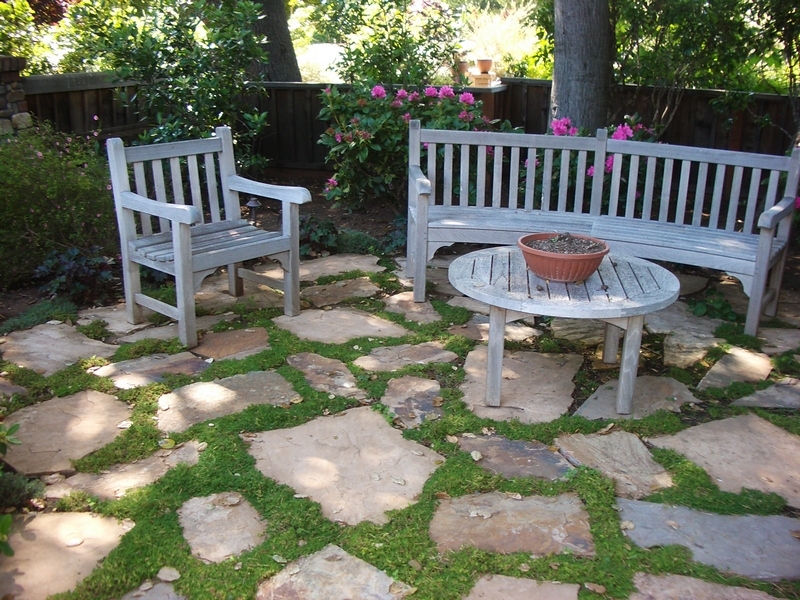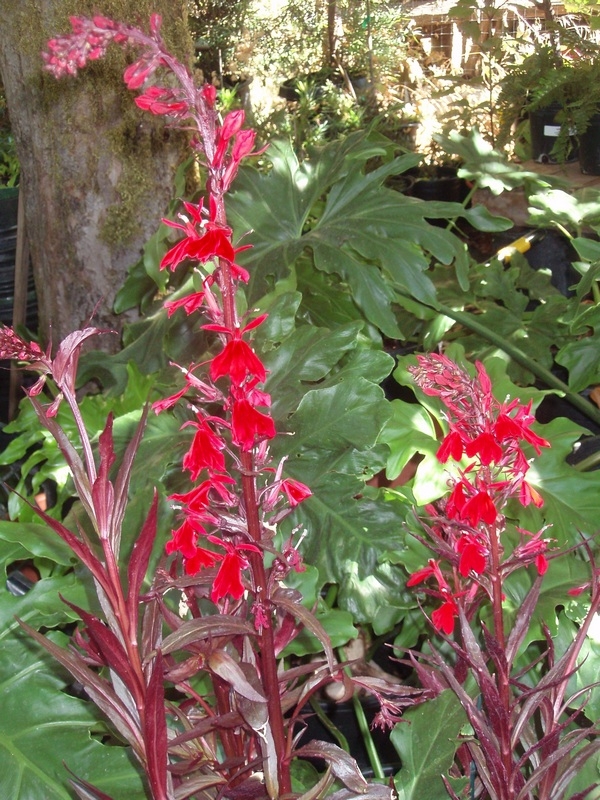Picture yourself this summer with your family outdoors during your "staycation" – relaxing, cooking on the barbie, entertaining, playing with the kids or maybe just reading in the shade. Maybe you need to make some changes to truly have a relaxing backyard. Now is the perfect time to plan while the yard is still a bit bare and you can see the space for what it really is. Here are some ideas to get you started on your backyard makeover.
Make sure you have enough shade in your garden to keep everyone comfortable in the hot summer. We usually get a heat wave in May so be prepared early. National Arbor Day in the last week of April but each state sets its own day of celebration. California celebrates this week, March 7-14, as the week to plant a tree.
There are so many good choices for our area. First, determine how wide and tall you want your tree to grow. Next, know your soil and growing conditions. Those who live in sandy areas might consider a strawberry tree, chitalpa, crape myrtle, Grecian laurel, fruitless olive, Chinese pistache, Purple Robe locust, California pepper tree or native oak. Good choices for those who live with clay soil are arbutus ‘Marina’, western redbud, hawthorn, gingko, Norway or silver maple. If you have quite a bit of shade but still need a bit more for the patio area, think dogwood, strawberry tree, Eastern redbud or podocarpus.
What would entice everyone out to the backyard after dark when it’s cooler? How about a simple metal fire bowl set on gravel, with brick or pavers? If a piece of crackling firewood throws any sparks, they fall on the the gravel and expire.
How about a hidden getaway to read or just sit and relax? All you need is a quiet nook carved out of the larger garden. Place a comfortable chair or love seat on some flagstone pavers, add a table and a dramatic container planted with flowers or colorful foliage and your retreat is complete.
After you’ve planted your tree and planned your hidden getaway take advantage of the moist soil to fertilize your garden . Lawns and groundcovers are beginning their spring growth spurt and new leaves on trees, shrubs and perennials are starting to emerge. Spread compost, manure, or organic fertilizer to help plants get off to a strong start. If you need to move any plants in the garden, now is a good time. Plants are full of growth hormones and recover quickly from transplant shock. Pull weeds regularly before they set seed. They pull out easily from moist soil. Think of weeding as free gym time. The last frost of the season is approximately March 15th. Spring is on its way.


 So often we design a border with short plants in the front, medium-size plants in the middle and large or tall plants in the back.
So often we design a border with short plants in the front, medium-size plants in the middle and large or tall plants in the back.